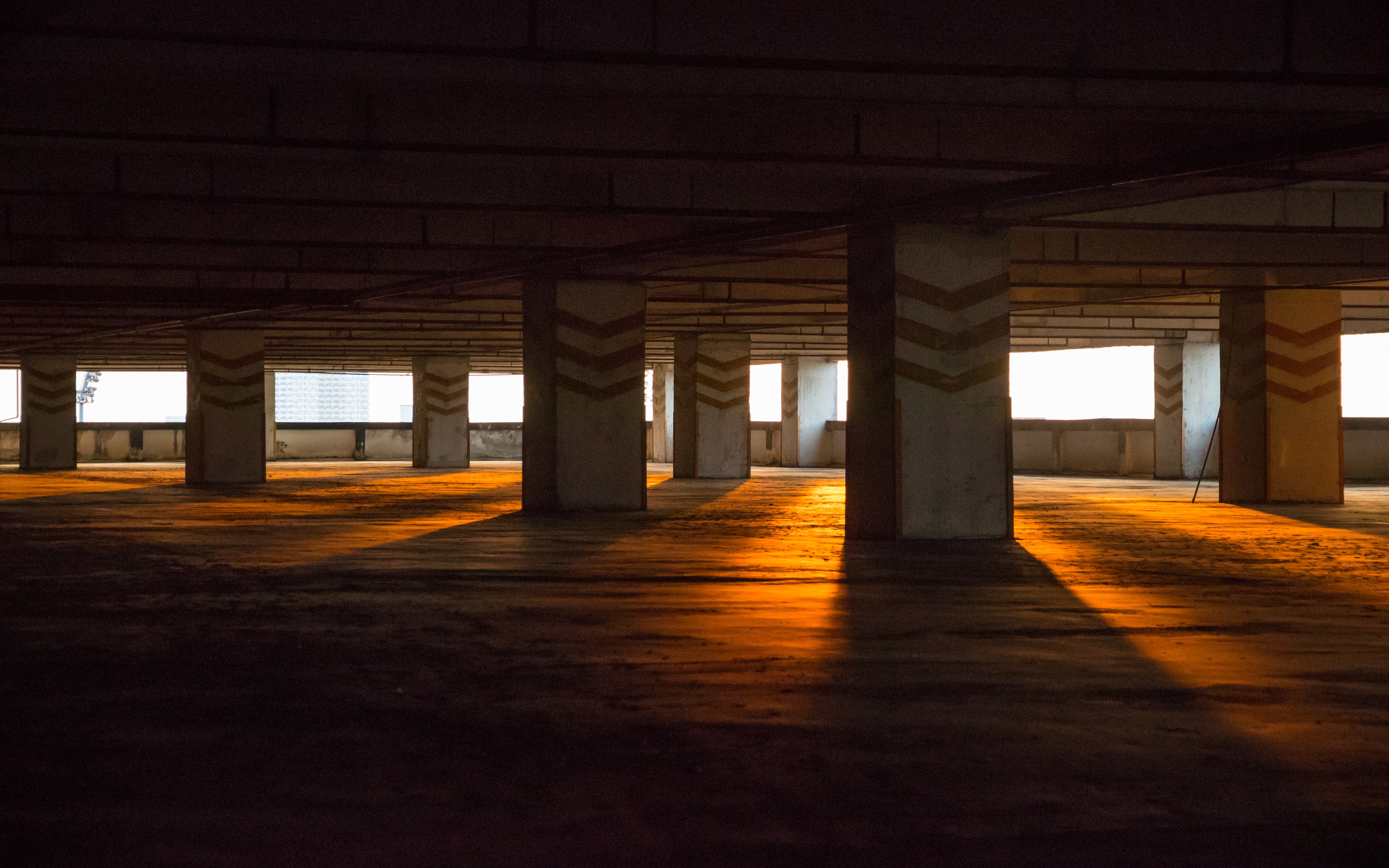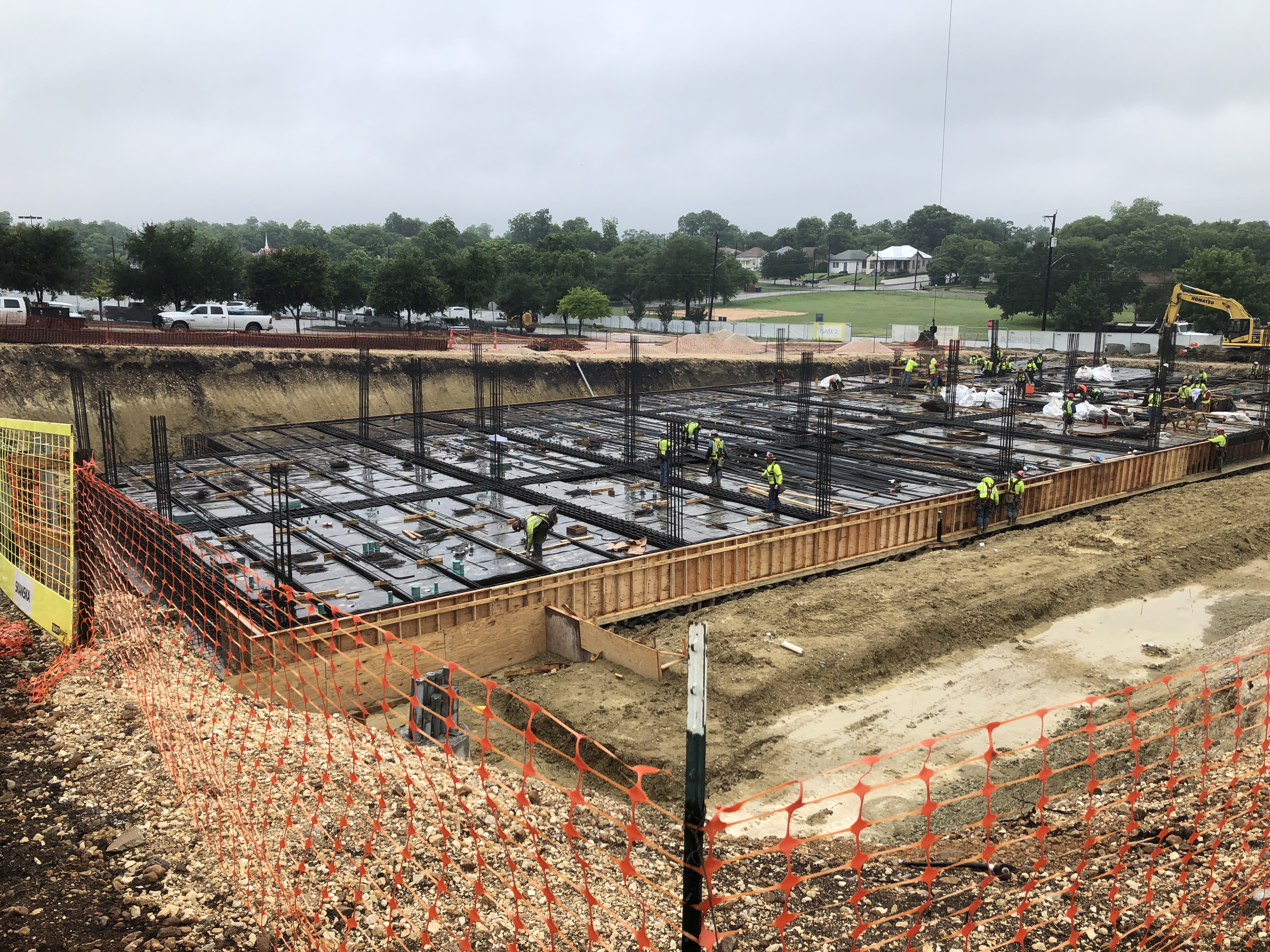Introduction
This is the first entry in our part-educational, part-tongue-in-cheek, part-overly-hyphenated architectural glossary. Think of it as though your friend, the architect, had a couple of glasses of wine at the party and decided to explain, from the architect's perspective, what's going on with all of the things that make up our buildings. To your child. Yeah, this should go well.
First up: foundations. Is it a little too on-point to start here? Probably. Enjoy.
F is for Foundation
A foundation is what a building sits on, for better or worse. It's for worse when it moves, for better when it doesn't. We spend lots of money trying to ensure that it doesn't, because when it does, that can turn an otherwise perfectly good building into a cracking, sagging, leaking pile of wood or concrete or whatever your favorite building material happens to be.
Concrete was Rome's gift to foundations, even though they didn't always use it for that. Nowadays, for foundations, there's almost invariably a concrete slab involved. For big buildings, we rest that slab on concrete piers. Those are holes drilled in the ground that are filled up with concrete and rebar, so they're basically concrete columns in the ground. Sometimes, those piers rest on a layer of rock or especially dense soil deep in the ground. Sometimes -- believe it or not, because this sounds a little crazy, but it works -- the sides of the piers just have enough friction against the dirt to hold your building up.
Piers and Posts
Your house isn't like that, though. It's probably just a concrete slab sitting on the ground. If it's an older house, though, that's a little more interesting. We used to sit houses on piers, too, but these were a lot shorter than for big buildings. Builders would take wood posts (juniper, aka cedar, around here, or other rot-resistant woods in other places), drive them into the ground, and then plop beams on top. Voila, foundation. This works shockingly well for such an informal thing. There are houses built around the turn of the twentieth century that are still resting on those cedar posts. Most houses of that age have had the cedar replaced with concrete piers at this point, though. Regardless of cedar or concrete, the trick with these foundations is to keep moisture levels constant. Why? Let's talk about clay.

Dirt and Fun Things About It
Clay is dirt, but special dirt that grows and shrinks a lot depending on how wet it is, like those dinosaur sponge toys my parents never let me get out of the gumball machines. There's a lot of it in various spots like rivers and lakes, but especially along the Gulf Coast. So foundations in Houston are eternally troublesome, though Galveston sits on sand, which (surprisingly) is better in some respects, when treated properly. San Antonio and Austin are both where the Gulf Coast meets the Hill Country, so there's clay on the east and south sides; the north and west are more rock. Dallas is off the Gulf Coast, but there's still much clay in the soils there.
The more perspicacious amongst you will have noted that if your foundation is bearing on clay, and that clay shrinks and expands, your foundation will move. The rest of you should have gathered as much from the last sentence; if not, I can't help you. Anyway, this means that, in practice, your house is like a boat slowly, slowly rocking on a very long-period wave of seasonal shrinkage and expansion as the wet and dry seasons alternate. A slab ties all of that movement together, and everything on a slab with properly sized beams will all move together. Piers (theoretically) bear beneath the level of heave, so the building should stay stable while everything else moves around it.
We have a special place in our hearts for those of you living in old houses, because all of us here at Work5hop do, too. I could chart the changes of the seasons by the rise and fall of my house as the earth wets and dries, cycles that are mapped by which doors latch and which slowly swing open; that expanding clay raising a silent hand to remind me that many things connect us to this earth, but nothing so directly as a foundation.
